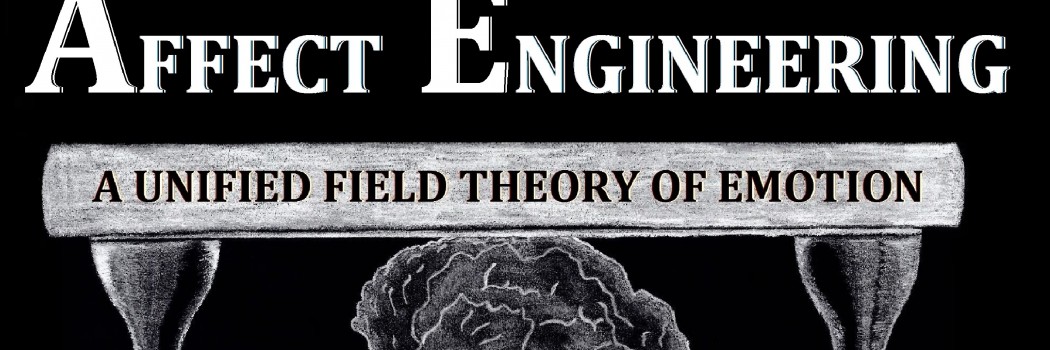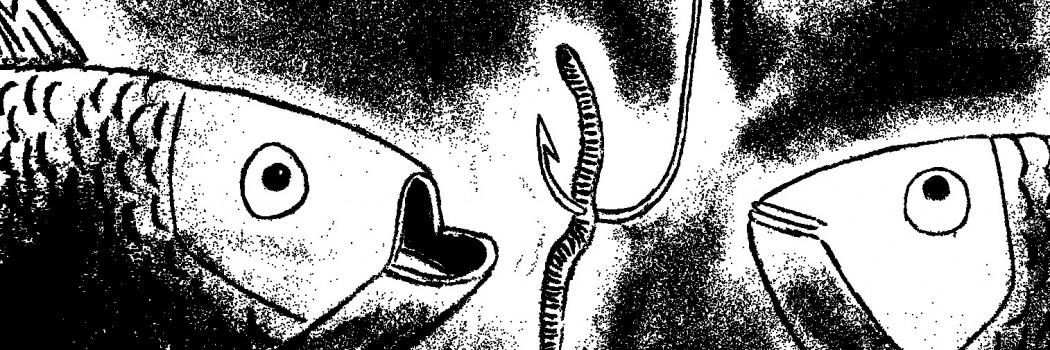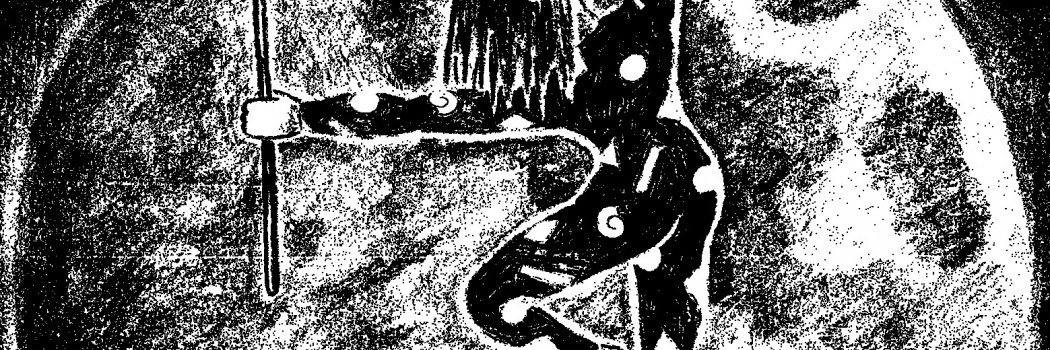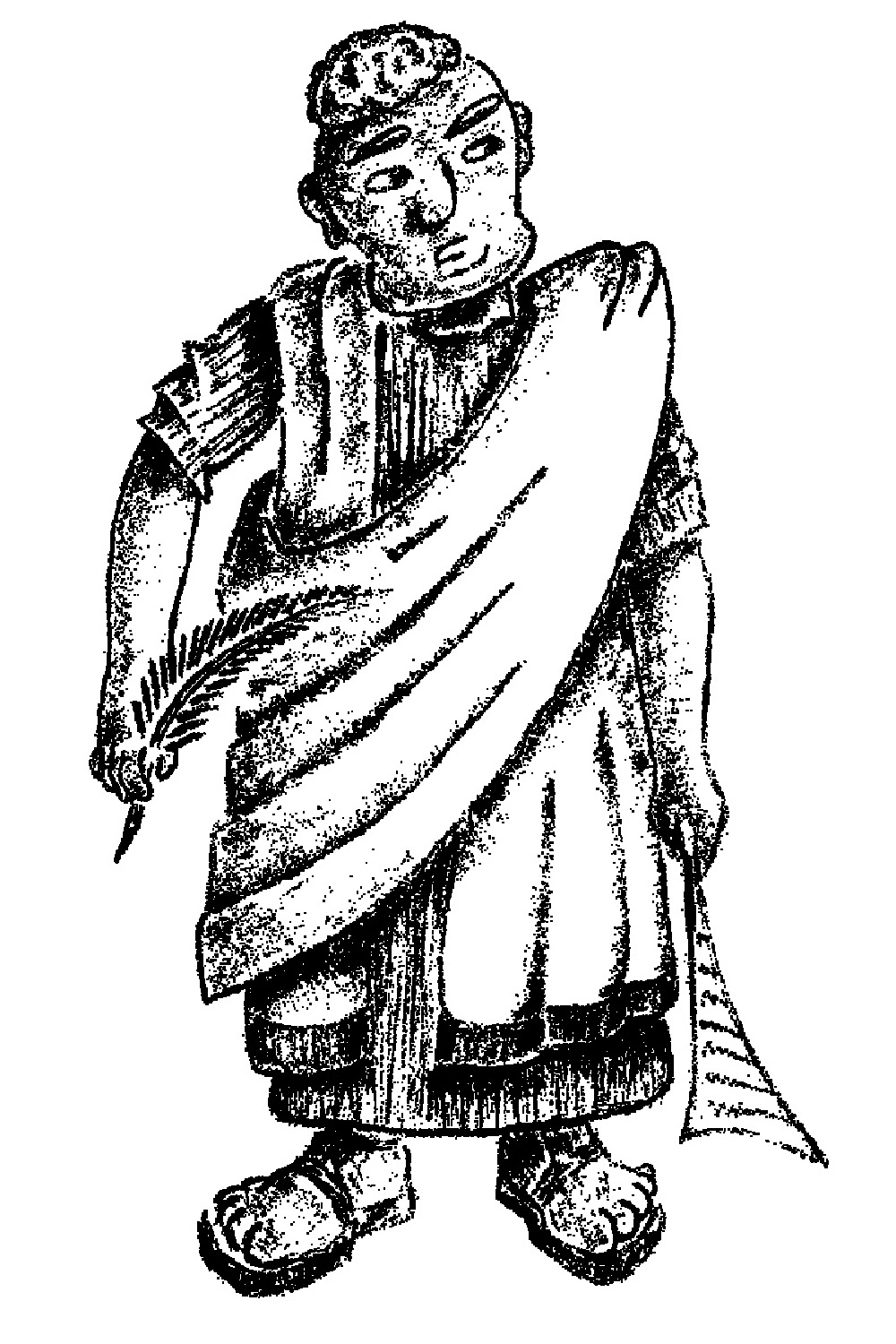Wow, this update is long overdue . . . four years without a single post! I have been sidetracked to say the least, with other projects have delayed my progression with Affect Engineering. I am nearing completion of one of them, the epic poem/verse drama is at 75% completion, approaching about 4000 lines at the moment, with lots editing to go of course. This, along with memorizing ballroom and Latin dance figures and my teaching obligations have occupied much of my time of late. I intend to resume vector modeling and other applications once I am closer to finishing it (the poem). Ironically, my efforts to properly organize Affect Engineering began as somewhat of an offshoot of my poetic endeavors, when I realized I needed to separate them because they were going in different directions and hindering one another.
That being said, I have made some refinements now and again that I feel like I glossed over in the book, so I will address some of the finer particulars here, things that I feel like I should have elaborated on or been more clear about. I won’t go into detail with all of them, though maybe at a later date.
I. Refinements to the modeling of anger and distinguishing it from relief
Looking back, distinguishing anger from relief is one of the things I think I would done differently, as relief is not something I addressed at all in the book, and perhaps seems more fitting for some aspects of this Category I Emotion. I did not even include relief as an emotion (some people would probably debate it as well), though there is certainly room for Relief, the functions are flexible. As is, my thoughts on this are that anger and relief would look similar, graphically speaking, and be modeled similarly, but their compositions would be slightly different. The key difference would have to be in how the individual intends to address or interact with a threat of harm to the entity being valued . . . as follows:
Anger and Aggression (behavior)
Instances where aggression is present and an action is taken to damage, destroy, or eliminate the threat of harm to the original entity, and the individual is successful, I would be more inclined to classify as scenarios where anger is an emotion at play. It is certainly possible for anger to build without the aggression taking place, if it is subsequently followed by aversion and a reduction in that buildup by avoiding the threat (i.e., relief); the desire or intent to damage/destroy/eliminate the threat of harm to the original entity would be the distinguishing feature of Anger.
Disgust and Relief
Alternatively, instances where action is taken to evade or avoid the threat of harm to the original entity, and the individual is successful, I am more inclined to classify as scenarios where relief and disgust would be emotions at play. Given that disgust is defined as an aversion to something offensive or repugnant, this seems plausible. Similar to the instance above for anger, it is also plausible that a scenario might start as one of disgust, where the individual wishes to avoid the threat of harm, but morphs into anger with aggression if a confrontation is unavoidable.
It is a subtle difference, one that would not necessarily change much, but it is one distinction I feel I could have made in writing the book, along with some others.
II. Clarification of the meanings of courage and guilt
These are just areas where a crisper explanation of each of these, as they relate to the functions, I feel would have been more helpful or beneficial to understanding them.
Courage
As it is modeled throughout Affect Engineering, courage is best understood as feeling emboldened to pursue a course of action, specifically, with the intent of acquiring an entity to fulfill a particular purpose. This sense of courage is more in the sense of brave, and after looking at popular conceptions of courage, I feel like I shoud have pointed out that fear is not a necessary component in this definition of courage, as this would violate the 1:1:1:1 ratio established. Moreover, I would have also added that while fear is not component in the make up of courage, fear would be felt for the complementary purpose at hand. To some extent, fear would be present in the individual simultaneously with courage, albeit for a different purpose (the one complementary towards the one for which courage is being felt).
Guilt
Guilt is understood in Affect Engineering as a missed opportunity, such as in the case of failing to procure a desired object or to prevent harm from befalling it.
Both courage and guilt are modeled as pursuit of pleasure emotions in Affect Engineering, meaning I classified them so that they concern cases where the further acquisition of an entity leads away from equilibrium between a purposes and its complementary purpose. Providing more of a rationale for the chosen arrangement is something that I may do in the future, as I did not do much of it in the book. Addressing correlations and subtle differences between emotions that are modeled to have similar effects on the body is something that I would do differently as well. One set of correlations to examine would be Anger/Relief, Happiness, and Euphoria. Another set would be Guilt, Sadness, and Grief.
III. Clarifying Entropy in Affect Engineering
On a final note, some refinement in my use of this physics term so that it does not become misconstrued is perhaps in order. Anxiety and Negative Anxiety are both modeled as energy in Affect Engineering, (i.e., Emotional Energy). The physics definition of entropy I was aiming for was the loss of energy available to do work, as it relates to thermodynamics. In this sense, the correlation would be the loss of Emotional Energy available to do work, with work in Affect Engineering primarily being the valuing of entities as they relate to the fulfillment of purposes.
Distinguishing between nonreversible processes, such as neuro-cellular death, neuro-degeneration, or damage from severe and repetitive seizures, and reversible processes, such as anxiety attacks, panic attacks, or single seizures that do not result in neuro-cellular death, is something I would like to have done better. In keeping my use of the term as close to physics (i.e., the number of possible microstates in a system) it feels like I fell a bit short there, though it can be certainly be fixed.
There are other things I want to refine in Affect Engineering, but these are all that I am going to mention for now. The past is full of things we all would have done differently. Hindsight is 20/20.










